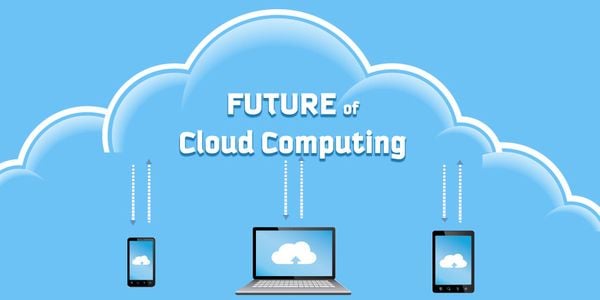Cloud computing has been a game-changer in the field of information technology, enabling businesses of all sizes to scale and operate more efficiently. As we move towards a more digital world, cloud computing is expected to play an even more critical role in shaping the IT landscape. In this article, we’ll take a look at some of the key trends and predictions for the future of cloud computing.
- Multi-Cloud Adoption
The days of relying on a single cloud provider are quickly coming to an end. More businesses are adopting multi-cloud strategies to leverage the strengths of different cloud providers and avoid vendor lock-in. This trend is expected to accelerate in the coming years as businesses seek to reduce costs, improve flexibility, and increase resilience.
- Edge Computing
Edge computing refers to the practice of processing data closer to the source instead of sending it to centralized data centers. This approach is gaining popularity as more IoT devices come online and generate massive amounts of data. Edge computing can help businesses reduce latency, improve performance, and enhance security.
- Hybrid Cloud
Hybrid cloud combines public and private cloud environments to create a more flexible and scalable IT infrastructure. This approach is particularly useful for businesses that need to balance the benefits of public cloud (cost savings, scalability) with the security and control of a private cloud. The hybrid cloud market is expected to grow rapidly in the coming years as more businesses adopt this model.
- Serverless Computing
Serverless computing allows developers to build and run applications without having to manage the underlying infrastructure. This approach is gaining popularity as it simplifies the development process and reduces costs. With serverless computing, businesses can focus on building and deploying applications without worrying about server maintenance or capacity planning.
- AI and Machine Learning
AI and machine learning are expected to have a profound impact on cloud computing in the coming years. These technologies can help businesses optimize cloud infrastructure, automate routine tasks, and improve security. With AI and machine learning, businesses can make more informed decisions and achieve better outcomes.
Conclusion
The future of cloud computing looks bright, with new technologies and trends driving innovation and growth. Businesses that embrace these trends and adopt cloud computing strategies that align with their needs and goals will be well-positioned to thrive in the digital age. As always, it's important to stay up-to-date with the latest developments and ensure that your IT infrastructure is flexible, scalable, and secure.

